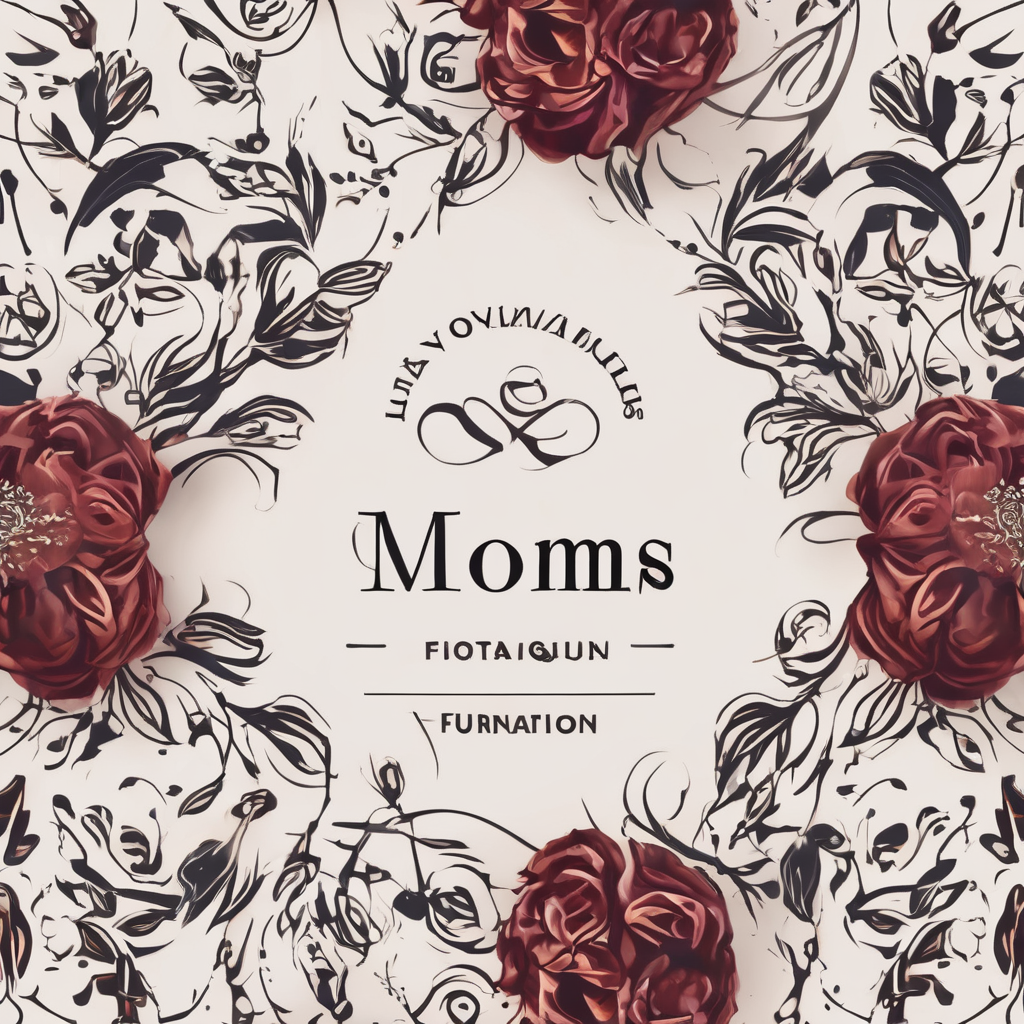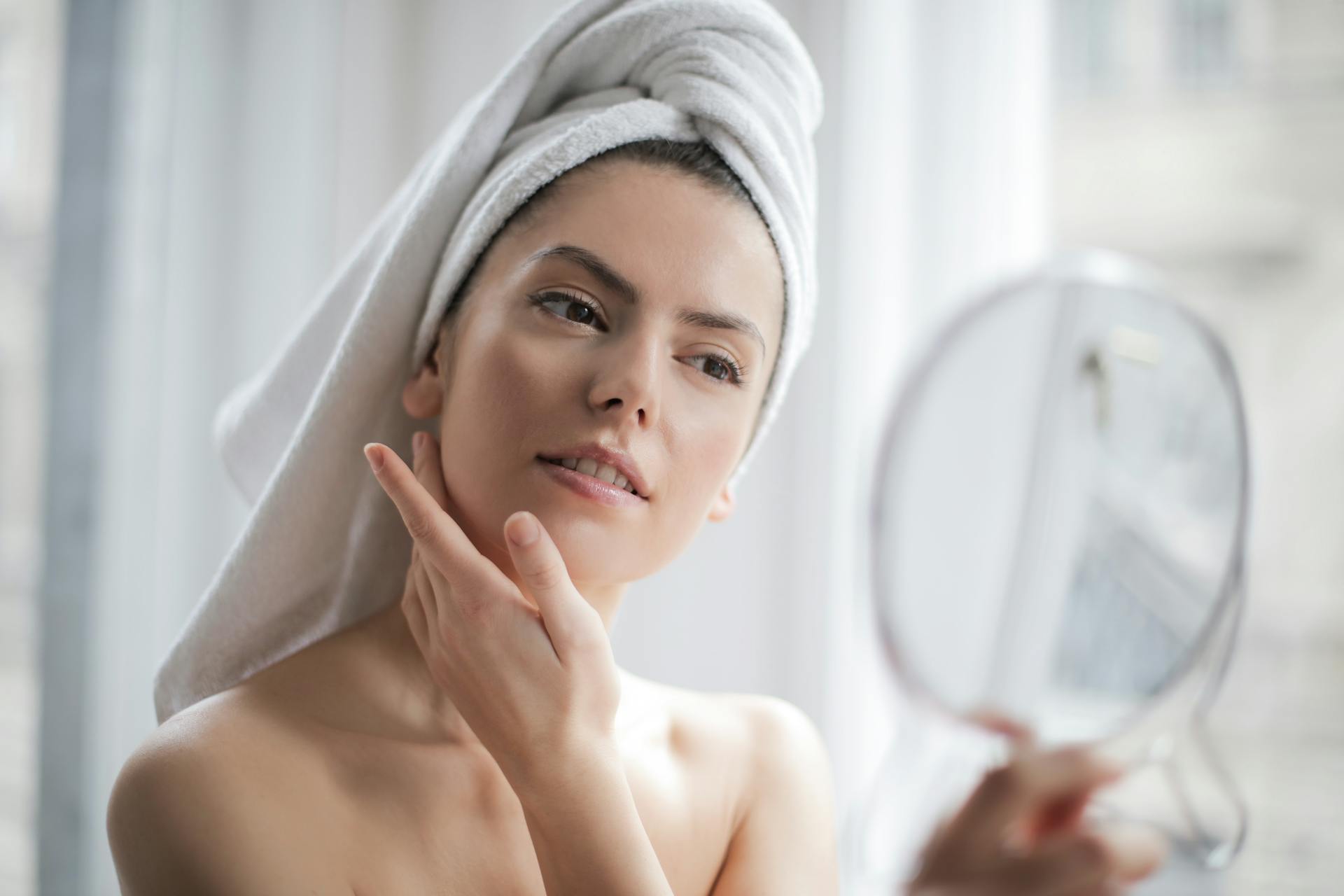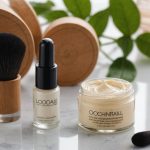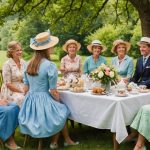Unlock the secrets of nature with herbal teas that not only soothe but also enhance your beauty. These delightful brews are packed with antioxidants, vitamins, and minerals that nourish your skin and hair from the inside out. From chamomile’s calming effects to nettle’s strength-building properties, incorporating herbal teas into your routine can yield stunning benefits. Discover how these botanical wonders can transform your beauty regimen and support radiant skin and luscious locks.
Introduction to Herbal Teas for Beauty
In recent years, herbal teas have surged in popularity as a staple in beauty routines, celebrated for their potential benefits on skin health and hair care. These natural infusions are more than just a comforting beverage; they are a holistic approach to enhancing beauty from the inside out.
This might interest you : Revitalize Dull Skin with This Easy DIY Organic Face Mask Recipe!
The allure of herbal teas lies in their ability to serve as natural remedies, offering a gentler alternative to chemical-laden products. For those seeking to improve skin health, certain teas like chamomile and green tea are renowned for their anti-inflammatory properties, which can help soothe irritated skin and reduce redness. Similarly, hibiscus tea is often praised for its high antioxidant content, which aids in maintaining a youthful complexion.
When it comes to hair care, herbal teas such as rosemary and nettle are frequently used to stimulate hair growth and strengthen hair follicles. These teas can be incorporated into hair rinses or consumed regularly to promote scalp health and reduce hair loss.
Also read : Selecting the Perfect Fabrics for Stylish DIY Face Masks to Match Your Outfits
Beyond their beauty benefits, herbal teas are deeply connected to overall wellness. They encourage a holistic lifestyle, promoting relaxation and stress reduction, which are essential for maintaining both physical and mental health. By integrating herbal teas into daily rituals, individuals can support their beauty goals while nurturing their overall well-being.
Popular Herbal Teas and Their Benefits
Exploring the world of herbal teas unveils a treasure trove of beauty benefits for both skin and hair. Each tea brings unique properties that can enhance your beauty routine naturally.
Chamomile Tea
Chamomile tea is celebrated for its calming effects on the skin. Known for its anti-inflammatory properties, this gentle tea helps to reduce redness and soothe irritated skin. Regular consumption or topical application can lead to a more even complexion and relief from skin irritations.
Green Tea
Green tea is revered as an antioxidant powerhouse. Its high concentration of catechins not only protects skin from free radical damage but also fortifies hair. By promoting blood circulation, green tea can stimulate hair growth and improve scalp health, leading to stronger, shinier hair.
Hibiscus Tea
Hibiscus tea plays a vital role in promoting skin elasticity. Rich in antioxidants and vitamin C, it supports collagen production, which is crucial for maintaining youthful, supple skin. Incorporating hibiscus tea into your routine can help combat signs of aging, providing a natural lift to your beauty regimen.
Embrace the diverse benefits of these herbal teas to nurture your skin and hair from the inside out.
Brewing Methods for Maximum Benefits
Unlocking the full potential of herbal teas begins with mastering the art of brewing herbal teas. Proper preparation is key to extracting the maximum benefits and flavours from these natural infusions.
Step-by-Step Guide to Brewing Herbal Teas
- Select Quality Ingredients: Start with high-quality dried herbs or tea bags to ensure a potent brew.
- Boil Water: Use fresh, filtered water. Bring it to a boil, then let it cool slightly for delicate teas like chamomile.
- Measure Tea: Use about one teaspoon of dried herbs per cup of water.
- Infusion Techniques: Pour hot water over the herbs and cover the cup to trap essential oils.
- Steeping Times:
- Chamomile: 5-7 minutes
- Green Tea: 2-3 minutes
- Hibiscus: 5-10 minutes
Enhancing Flavour and Benefits
To elevate your tea experience, consider infusion techniques like adding natural enhancers:
- Honey: Sweetens and adds antibacterial properties.
- Lemon: Boosts vitamin C and enhances flavour.
Experimenting with these elements can tailor your tea to your taste while amplifying its beauty benefits. Whether you seek relaxation or revitalisation, the right brewing method ensures your herbal teas deliver on their promises.
Scientific Evidence Supporting Herbal Teas
Scientific studies have increasingly highlighted the potential benefits of herbal remedies for enhancing skin and hair health. Research has shown that phytochemicals, naturally occurring compounds in plants, play a crucial role in these benefits. For instance, chamomile contains apigenin, which has anti-inflammatory properties beneficial for soothing skin irritations.
Green tea is rich in catechins, which are antioxidants that protect the skin from oxidative stress and support healthy hair growth. A study published in a dermatology journal found that regular consumption of green tea can improve skin elasticity and reduce signs of aging.
Hibiscus tea, known for its high vitamin C content, aids collagen production, essential for maintaining youthful skin. Scientific evidence supports its role in promoting skin elasticity and reducing wrinkles.
User testimonials further affirm these findings, with many individuals reporting noticeable improvements in skin texture and hair strength after incorporating herbal teas into their routines. Personal experiences often highlight the holistic benefits of these herbal remedies, with users praising their ability to promote relaxation and overall wellness.
The combination of scientific research and personal experiences underscores the efficacy of herbal teas as evidence-based solutions for beauty care.
Incorporating Herbal Teas into Your Beauty Routine
Integrating herbal teas into your beauty routine can be a delightful and beneficial practice. Here are some practical tips to seamlessly weave these natural infusions into your daily habits.
Start by selecting the herbal tea that aligns with your beauty goals. For skin health, consider chamomile or hibiscus tea, while green tea is excellent for enhancing both skin and hair vitality. Incorporate these teas into your daily habits by enjoying a cup in the morning or evening, allowing their benefits to work from the inside out.
For a more immersive experience, try tea-based beauty rituals. Facial steams using chamomile tea can open pores and soothe irritated skin. Simply add a few tea bags to boiling water, lean over the steam, and cover your head with a towel for a spa-like treatment. Similarly, hair rinses with rosemary or nettle tea can invigorate the scalp and promote growth. Brew a strong tea, let it cool, and use it as a final rinse after shampooing.
For optimal results, consume herbal teas regularly. A daily cup or two is generally sufficient, but always consider personal preferences and consult with a healthcare professional if needed. Embrace these herbal tea practices to enhance your beauty routine naturally.
Specific Skin Concerns Addressed by Herbal Teas
Exploring herbal solutions can provide targeted benefits for various skin concerns. Different teas offer unique properties to address specific issues, enhancing your beauty regimen naturally.
Teas for Acne and Inflammation
For those battling acne and inflammation, rooibos and peppermint tea are excellent choices. Rooibos is rich in antioxidants, which help reduce acne-related redness and irritation. Peppermint tea contains menthol, offering a cooling effect that can soothe inflamed skin and minimise breakouts.
Herbal Teas for Dry Skin and Hydration
Individuals with dry skin can benefit from calendula and rose tea. Calendula is renowned for its skin-soothing properties, promoting hydration and reducing dryness. Rose tea, with its natural oils, helps lock in moisture, leaving the skin soft and supple.
Treatments for Aging Skin
Addressing aging skin concerns involves incorporating white tea and nettle tea into your routine. White tea is packed with antioxidants that combat free radicals, slowing down the aging process and improving skin elasticity. Nettle tea supports collagen production, helping to maintain firm, youthful skin.
By selecting the right herbal teas, you can effectively target and manage specific skin concerns, enhancing your natural beauty effortlessly.
Specific Hair Concerns Addressed by Herbal Teas
Exploring herbal solutions can offer targeted benefits for various hair concerns, enhancing your hair care routine naturally.
Teas for Dandruff and Scalp Health
For those dealing with dandruff and poor scalp health, sage and burdock tea are effective choices. Sage tea is known for its antimicrobial properties, which help reduce dandruff and soothe an irritated scalp. Burdock tea, rich in essential fatty acids, nourishes the scalp, promoting a healthier environment for hair growth.
Herbal Teas for Hair Growth and Strength
To support hair growth and strengthen hair, consider nettle and horsetail tea. Nettle tea is packed with vitamins and minerals that stimulate hair follicles, encouraging growth and reducing hair fall. Horsetail tea contains silica, which strengthens hair strands, preventing breakage and promoting thicker hair.
Colour Protection and Shine Enhancement
For maintaining hair colour and enhancing shine, chamomile and hibiscus tea are excellent options. Chamomile tea helps lighten hair naturally, adding a sun-kissed glow, while hibiscus tea enhances colour vibrancy and adds a glossy finish. Both teas can be used as rinses to improve hair texture and appearance.
By selecting the right herbal teas, you can effectively address specific hair concerns, promoting healthier, more vibrant hair.
Expert Recommendations and User Experiences
Incorporating herbal teas into beauty routines has garnered attention from both experts and users alike. Beauty experts often highlight the herbal benefits of these teas, emphasising their role in promoting healthier skin and hair. According to specialists, choosing the right tea is crucial. For instance, they recommend chamomile for soothing sensitive skin and green tea for its antioxidant properties.
User testimonials frequently echo these expert insights, with many individuals sharing success stories about their experiences. One user noted significant improvement in skin texture after regularly drinking hibiscus tea, while another praised nettle tea for visibly strengthening their hair. These personal accounts provide valuable perspectives on the practical benefits of herbal teas.
Herbalists offer additional expert advice on selecting teas tailored to individual needs. They suggest considering specific skin or hair concerns when choosing a tea. For acne-prone skin, peppermint tea is often recommended, while calendula tea is suggested for hydration.
By combining expert advice with user experiences, individuals can make informed decisions about incorporating herbal teas into their beauty regimen. This approach ensures that each choice is aligned with personal beauty goals, maximising the potential of these natural remedies.
Visuals and Infographics to Enhance Understanding
In the realm of visual learning, infographics serve as powerful tools to convey complex information effectively. They transform educational resources into engaging formats, making it easier for individuals to grasp the benefits of herbal teas and their brewing methods.
Infographics can illustrate the diverse advantages of herbal teas, such as their role in improving skin health and promoting hair growth. By visually mapping out these benefits, learners can quickly identify which tea suits their beauty goals. For instance, an infographic might highlight chamomile’s anti-inflammatory properties or green tea’s antioxidant benefits, offering a quick reference guide for users.
When it comes to brewing methods, infographics can simplify the process by providing step-by-step visuals. These resources can showcase the ideal water temperature and steeping times for various teas, ensuring users extract maximum benefits.
Creating personalized beauty tea charts can further enhance understanding. Individuals can design their charts based on personal preferences, noting the specific beauty benefits they seek from each tea. This tailored approach not only aids in remembering details but also encourages consistent use of herbal teas in beauty routines, maximising their potential.











